What is Water Bath Canning?
Water bath canning is one of the simplest ways to preserve food at home. It’s a great option for beginners, and it’s easy to find everything you need to get started. In this post, we’ll take a closer look at water bath canning, and we’ll explore some of the best foods to can using this method.
What is Water Bath Canning?
As any home canner knows, there are two main methods of canning – water bath and pressure. Water bath canning is the simpler of the two, and is ideal for canning high-acid foods like fruits and pickles.
Water bath canning is when you process jars submerged in boiling water, instead of under pressure. The jars are boiled for a certain amount of time depending on what food you are canning. It is also dependent on your altitude or elevation. This is important because water boils at different temperatures depending on your altitude or elevation.
Boiling the jars brings heat into the jars up to a temperature that will stop food from spoiling in the jar. As the jars cool, the atmospheric pressure outside the jar is greater than the pressure inside and the difference in pressure pulls the lid down forming a vacuum seal. The seal on the lids keeps it intact and the food shelf stable.
I always follow the National Center for Home Food Preservation. They have done extensive testing to determine the proper processing time that acidic foods need to be safe for storage.
Related: Home Canning-Important Do’s and Don’ts
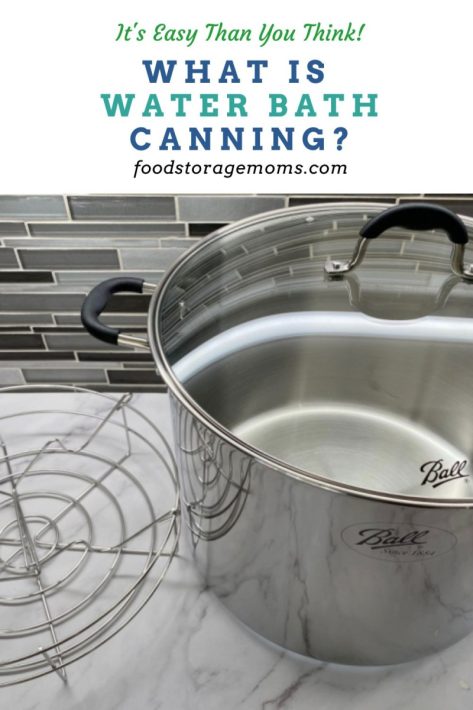
What is Water Bath Canning?
Only certain foods are safe to can using the water bath method. Water bath canning is a great way to can high-acidic foods such as peaches, berries, jams, and pickles. However, if you want to preserve meat or vegetables, you have to use the pressure canning method.
Before you get started with water bath canning, you’ll want to make sure you have everything you need. Here’s what you’ll need to be successful:
- Water Bath Canner or a Ball Stainless Steel Water Bath Canner (this is the one I have, 21-quart (19.8L) capacity fits up to 8 pints and 7-quart jars).
- Jar Lifter, Funnel, and Canning Essentials
- Canning Jars (with lids and bands)
- Ladle
- Towels and pot holders
- Pots and bowls
- Spoons & Knives
- Food to can
- Other ingredients depending on the recipe
- The ONLY Canning Books I recommend: Ball Complete Book Of Home Preserving and USDA Canning Guide
Always use high-quality food for the best results. Follow the step-by-step directions below to preserve your food like a pro!
Canning Tools
These are the tools you will need, besides hot pads and towels. You will need an extra wide-mouth funnel, vinyl-coated jar lifter, vinyl-coated jar wrench (I have never used this one), vinyl-coated tongs, magnetic lid lifter, bubble popper/measurer. The vinyl-covered tools are designed to protect your hands from getting burned.
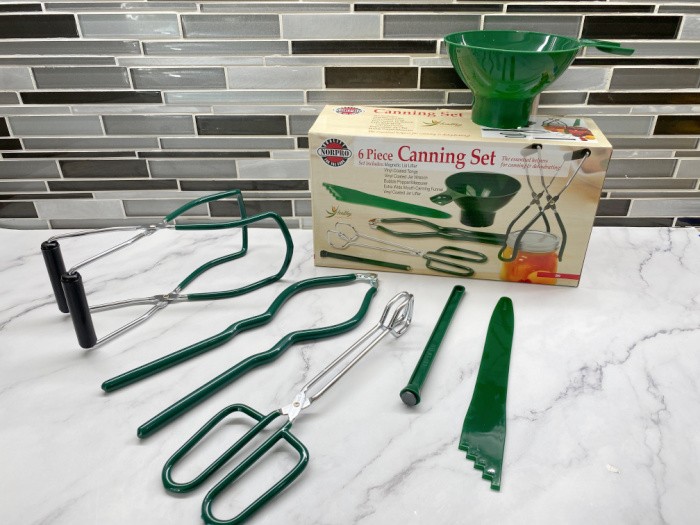
Water Bath Canning Step By Step Directions
Heat Your Canner
First, you will want to prepare and heat your canner so it is ready to go. Fill the canner 1/3 of the way full with water. Heat the water over medium heat until hot, but not boiling.
Wash the Jars & Keep Them Warm
Next, you will want to wash your jars making sure they are super clean. If the processing time for your recipe is less than 10 minutes, you will also need to sterilize the jars.
Once you have washed your jars, you will want to keep them warm until you are ready to use them. There are 3 options for doing this:
- Place them in the canner. You can place the jars upside down in the canner you are already heating up.
- Leave them in the dishwasher. If you wash your jars in the dishwasher, you can leave them in there until you are ready to fill them. Keep the door closed to keep the heat in. In my Master Canning and Preserving class we used the jars right out of the dishwasher.
- Use another pot. You can also place the jars upside down in another pot of water. Simply boil 2-3 inches of water, and then turn the pot off.
Fill the Jars With Food
Depending on your recipe and what you are preserving, there are two methods to preserving food using the water bath canning method.
- Hot packing: This means that your food is hot before you put it into the jar. Typically you will simmer the food for a few minutes first.
- Raw packing: This means that the food is not cooked before you put it in the jar.
Whichever method you are using, be sure to prepare and pack the food according to the recipe you are using. Then, fill the jar leaving the recommended headspace.
Headspace in Jars Recommended by The USDA Canning Guide (1-13)
You need this: NORPRO Canning Bubble Popper/Measurer
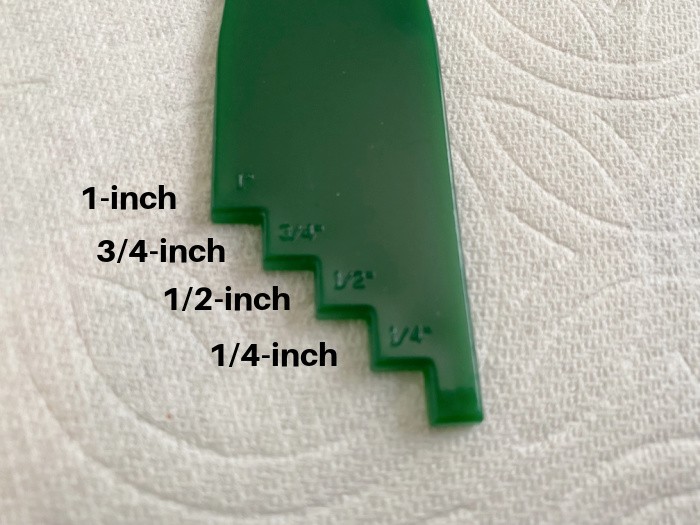
- 1/4-inch for jams and jellies
- 1/2-inch for fruits and tomatoes processed in boiling water
- 1 to 1-1/4-inches in low acid foods to be processed in a pressure canner
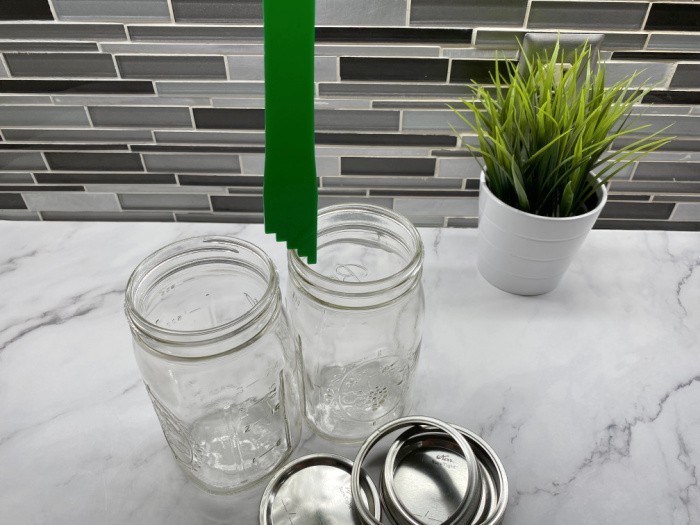
Remove the Air Bubbles
After the food is in the jar, remove any air bubbles. You can do this by running a non-metallic spatula around the inside of the jar. A small rubber spatula works well. I use this, NORPRO Canning Bubble Popper/Measurer
Clean the Rim of the Jar
In order for the lid to seal, the rim of the jar needs to be cleaned. Wipe the rim of the jar with a clean damp cloth tea towel or paper towel.
Add the Seals and Rings
Next, place the seals and the rings on the jars. You don’t have to tighten the lids like a machine. Finger-tight is just fine. This magnetic lid lifter is awesome for lifting the lids out of hot water. Magnetic Lid Lifter
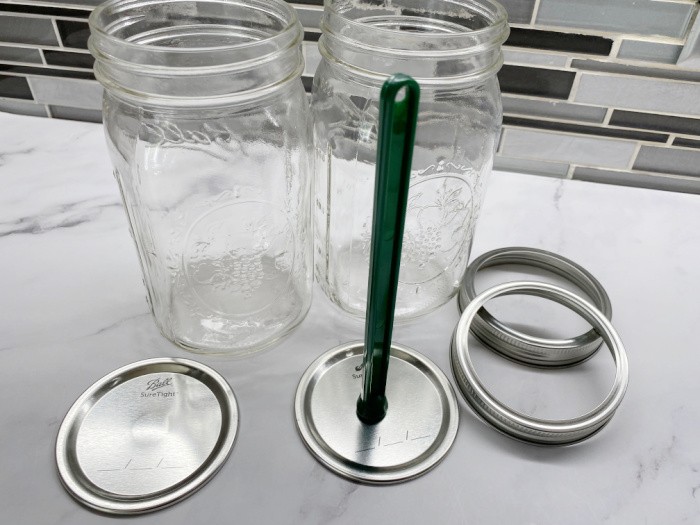
Place the Jars in the Canner
Put the jars upright into the rack in the canner. The rack keeps the jars off the bottom of the pot and also keeps them from hitting each other while boiling.
A canner rack is built so that it rests on the sides of the canner while being loaded, keeping the jars above the water until you have it loaded. Then, you can lower all the jars at once into the canner.
Once you lower the jars into the canner, make sure the water flows freely around each jar and they are covered by 2 inches of water. If not, add more hot water until the jars are covered by the 2 inches of water required.
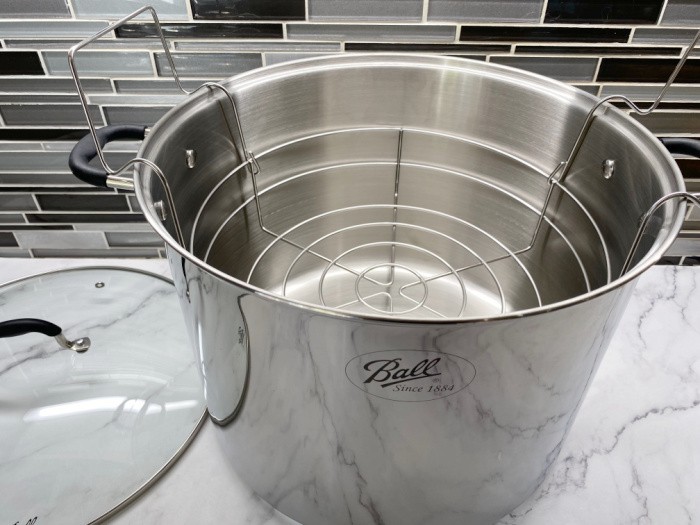
Process the Food
Once your jars are submerged in the water, turn the heat up and bring it to a boil with the lid on. Do NOT start your time until the water comes back to a full boil.
Once the water reaches a boil, start the timer. You’ll want the water to boil for the entire time. Check the canner occasionally to ensure it is still at a full boil. Be sure to adjust the time according to altitude.
When the time is up, turn off the heat.
Let Cool
Using a towel or pot holder, carefully raise the rack of jars up. Let them sit for a minute or two before removing them from the canner.
Then, use the jar lifter to remove the jars. Set them upright on a wooden board or a thick towel to cool. Leave 1-2 inches of space between them so that air can circulate around the jars.
As the jars cool, the lids will pull down and seal. As they seal, they make a pinging sound, so you’ll be sure to know the process worked. Another test for proper sealing is to look at the lid’s center to ensure it is recessed and not popped out. Please remove the outer jar rings after 24 hours and wipe down the jars before placing them in your pantry.
The reason you want to remove the rings is the lids may not have been fully sealed and leaving the ring on could prove to be fatal if bacteria get into the contents. If you leave the rings on the seal may pop up and then pop down again and if the rings are on you may not be aware of this.
I always wondered why mom removed the rings on her jars after the 24-hour period. My Master Canner Preserver instructor explained to all of us why we must remove them. I always removed them, but I didn’t know the reason why. So there you have it.
Please store the rings in containers until the next canning season.
Why Can Foods For Your Family?
Canning can be a safe and economical way to preserve quality foods at home. Not counting the time you have to spend, canning homegrown food may save you close to half the cost of buying food that is canned on a commercial basis. When you can your favorite food products that your family enjoys eating, it provides a fun and fulfilling experience and you can take pride in what you’ve accomplished.
Many veggies will lose some of their vitamins as part of the harvesting process. Nearly half the vitamins could be lost within just a few days unless that fresh produce is kept cold or properly preserved. Within one to two weeks, even refrigerated produce will lose half or more of some critical vitamins we need.
The process of applying heat during the canning process also destroys from 1/3 to 1/2 of vitamins A and C, thiamin, and riboflavin. Once the product is canned, there are additional losses of these important vitamins in the range of 5 to 20 percent each year they’re stored.
The amounts of other vitamins are only slightly lower in canned foods than you’d find with fresh food. If your vegetables are properly handled and then promptly canned right after harvest, they can actually be more nutritious than fresh produce you find at your local grocery store. Hopefully, your local Farmer’s Market will provide good quality products if you aren’t able to grow the ones you want or in the quantities, you have in mind.
Food You Can Water Bath Can
- Tomatoes (add 2 tablespoons bottled lemon juice or 1/2 teaspoon citric acid for quarts) (add 1 tablespoon bottled lemon juice or 1/4 teaspoon citric acid for pints)
- Apples
- Apricots
- Berries (whole)
- Cherries (whole-I remove the seeds)
- Grape Juice
- Grapes (whole)
- Mandarin Oranges
- Pears (halves for quarters)
- Peaches (halves or quarters)
- You get the picture, there are many wonderful fruits you can water bath can.
How Does the Canning Process Actually Preserve Food?
Most fresh foods have a fairly high percentage of water in them and this is what tends to make them more perishable. The loss of quality in the food, often referred to as spoilage, is caused by a number of factors:
- the growth of undesirable microorganisms like bacteria, mold varieties, and yeasts
- food enzymes become active
- oxygen causes some reactions
- there is a loss of moisture
There are microorganisms that live and multiply quickly on the surfaces of fresh foods and on the inside of bruised, insect-damaged, and diseased food products. The tissues of fresh food also have oxygen and enzymes that can affect the food’s quality.
To minimize the negative effects of these factors there are proper canning practices that need to be followed:
- you need to select and fully wash the fresh food carefully
- some products should be peeled before canning
- many of the foods should be hot packed
- some foods will need acids, like lemon juice and vinegar, added
- using good quality jars, lids, and rings is important
- processing the jars in a boiling water canner bath or pressure canner for the prescribed time is critical for success
All these practices help remove oxygen, destroy enzymes, prevent the growth of bacteria, yeasts, and molds, and form the high vacuum needed to properly seal the jars. The seal forms a tight connection with the jar and lid which then keeps the liquid in the jar and the air and microorganisms out.
What Ensures the Canned Food is Safe to Eat?
The main concern when canning food is to prevent the growth of the bacterium Clostridium botulinum, which causes deadly poisoning called botulism. These bacteria take the form of either spores or vegetative cells. The spores, which are like plant seeds, actually survive well in soil and water for many years and do so harmlessly. There are conditions in which the spores begin to grow and produce vegetative cells that multiply rapidly. These cells can produce a very deadly toxin in a short 3 to 4-day period if the environment consists of:
- a moist, low-acid food source
- a temperature that’s between 40 and 120 degrees Fahrenheit (F)
- there is less than 2% oxygen present
The botulinum spores exist on the surfaces of most fresh food. Since they only grow in the absence of air, they are harmless on those fresh foods. Most bacteria, yeasts, and molds are pretty difficult to remove from food surfaces. When you wash those fresh foods you’ve only reduced the amount very slightly. Peeling crops that come from the root of the plant, underground stems, and tomatoes do reduce their numbers significantly.
Blanching is also another option to help reduce the chance of infection. But truth be told, the critical controls outlined here are your best bet for safe canning. That includes the process times followed. Those times are well researched and that’s why they can be confidently recommended. The processing times ensure the largest number of heat-resistant microorganisms in home-canned foods are destroyed.
Note that if properly sterilized, canned food will be free of spoilage if the lids seal (test to make sure), and the jars are then stored where the temperature stays below (95°F) = (35°C).
Is Food Acidity Really an Issue When Canning?
When it comes to making the decision whether the food to be canned should be pressure canned or boiling-water canned to control the botulinum bacteria, you have to take into account the specific acidity of the food itself. The acidity level may be natural to the food, as you find in most fruits. Acidity can be added like you do when you pickle foods.
Low-acid foods aren’t acidic enough to prevent the growth of bacteria. Acidic foods do contain enough of the necessary acid to block the bacteria’s growth, or actually destroy them more quickly when the foods are heated.
We often hear the term “pH” when we discuss the makeup of our swimming pool water, but also the measure of the acidity of foods. The lower the pH value in the food equates to more acid. You can increase the acidity by adding lemon juice, citric acid, or vinegar.
Processing Time and Altitude Issues
As mentioned above, altitude does have an effect on the temperature at which water reaches its boiling point, so for a boiling-water canner, if you are at a higher altitude you need to heat/process the canner for a longer period. The higher the altitude, the longer the process. Let’s look at an example below for the time to process peaches:
Style of Jar Pack Jar Size Altitude Processing Time
Hot Pack Pints 0 – 1,000 ft. 20 minutes
1,001 – 3,000 ft. 25 minutes
3,001 – 6,000 ft. 30 minutes
Above 6,000 ft. 35 minutes
Hot Pack Quarts. Add 5 minutes of processing time for each increment of altitude listed above. So, 0 – 1,000 ft. would be 25 minutes for quart jars.
Final Word
Water bath canning is a great way to preserve fresh fruits from your garden, but don’t use it for your veggies. Make sure to follow the directions in your recipe exactly and listen for that pinging sound as the lids properly seal to the jars.
What foods have you used the water bath canning method for? Let me know in the comments below! May God Bless this world, Linda

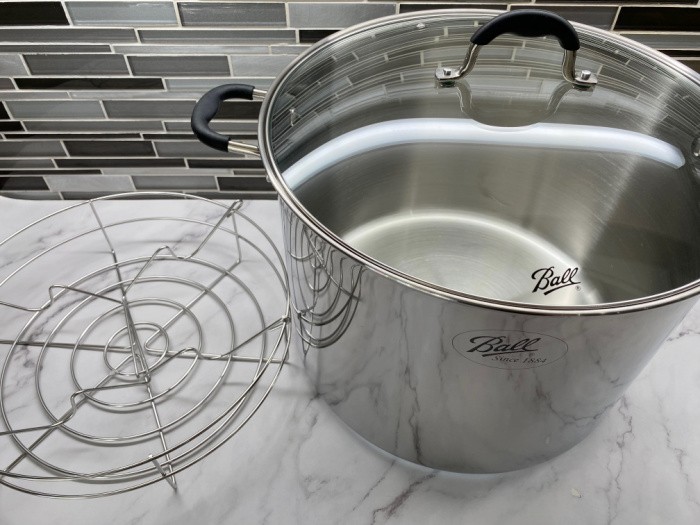

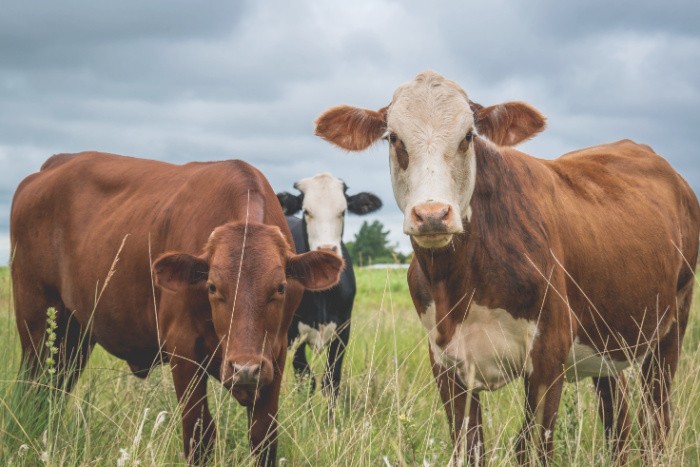
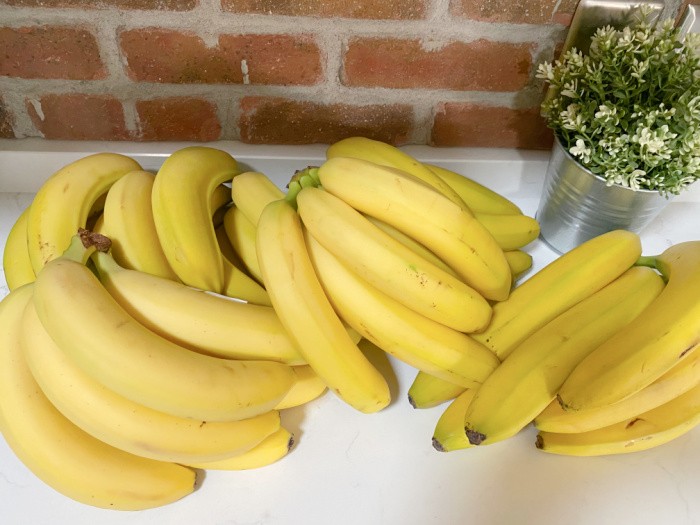
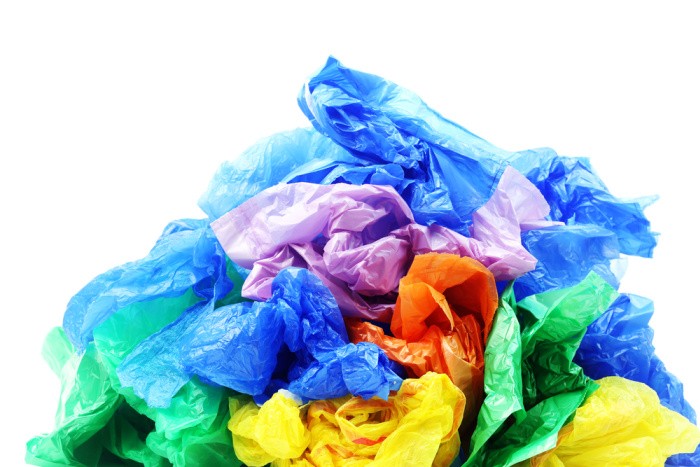
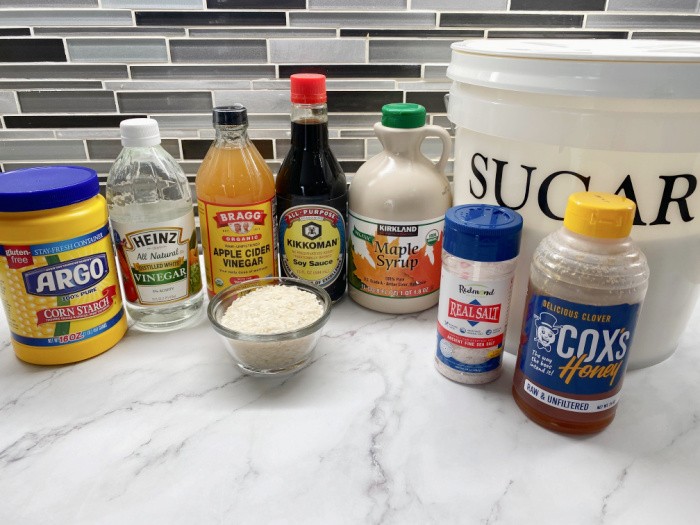
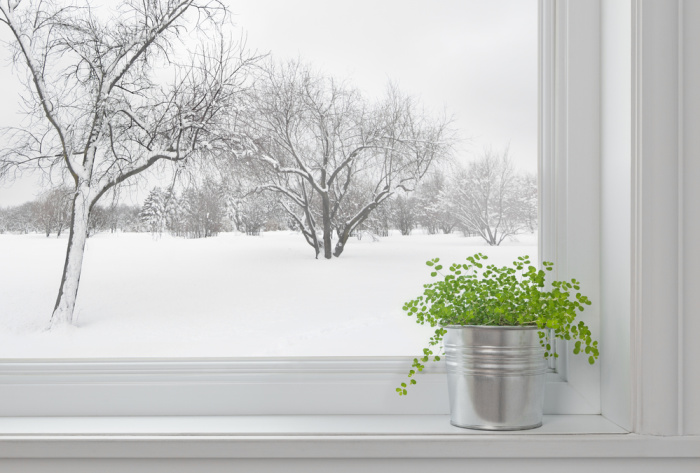
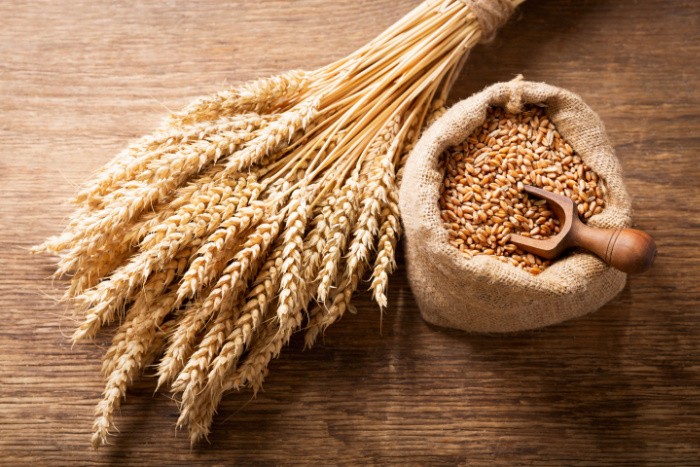













Love the sound of the ping.
I ended up doing most of it this year due to some health issues my wife was having. I’ve always helped but never been alone. I learned a lot and made a few mistakes along the way.
This was my first year of making jams, jellies, pickles and salsas by myself too.
I used open flame and glass top stove and there’s definitely a difference. Glass top won’t do the blue bather but will a canner. That cost me 2 hours figuring that out.
It’s definitely time consuming especially when your trying to do all the rest of the gardening and ranching but definitely worthwhile. I put up about 145 cans of stuff on my own.
Hi Matt, oh I love the sound of that ping as well! I had to switch out my glass stove top for a gas stove when I lived in Southern Utah. The All American Pressure Canner is too heavy for the glass top stoves. My new house will have a gas stove. The water bath canners are not as heavy but there is a difference when canning on the glass stove tops. I love hearing about all the food you put up!! Doing it alone is hard, and takes longer. I miss all my daughter’s canning with me. 145 jars is a lot!! Bravo! Don’t you love seeing those jars lined up on the shelves, I sure do! Good job, Matt! Linda
Bravo, Matt! As a chronically ill wife, who goes in spurts, you and my hubs are to be thanked and commended. I’m paying today after making 7+ pint jars for freezer of homemade creamy (coconut milk) tomato soup (tomatoes, onions, garlic from the garden) and 2 loaves of sour dough bread. Hubs does most of the canning but I usually do whatever cooking needs to be done, when able.
Hats off to you, Matt!
Thanks
Hi Marilynne, aww, great comment! Be careful today! That soup sounds awesome and with sourdough bread, that’s a winner! Linda
Your abilities are amazing. Please let your wife know both of you are in our prayers. Getting old is certainly not for the weak. Stay safe.
Appreciate it
I’ve water bath canned jams, jellies, pickles, tomatoes, and salsa. They are all turned out so good. I love canning of any kind. Seeing the end product is the best thing ever. Well, after eating it.
Hi Deborah, oh, I love hearing this!! I love canning and seeing the jars lined up on the pantry shelves! They taste better than store-bought, that’s for sure! Linda
Do you take the rings off after 24 hours and then put them back on again. I’m just wondering when they go on in the pantry?
Hi Georgina, no you store them in the pantry without the rings. The reason you want to remove the rings is the lids may not have been fully sealed and leaving the ring on could prove to be fatal if bacteria get into the contents. If you leave the rings on the seal may pop up and then pop down again and if the rings are on you may not be aware of this. This is why we all store our rings in buckets until the next canning season. Linda
I have a gas stove top and it’s the only way to go as far as I’m concerned. So much easier than my old electric range. I’ve put up a little over 60 pints and quarts so far this year but I’m not done yet.
Hi Paula, I totally agree that gas stoves are the best for canning. Don’t you just love seeing those 60 pints and quarts lined up in the pantry??? I love hearing you are canning and ready to put up more! Linda
Linda, I’m getting ready to can meat this coming week. Got a good deal on some beef so will trim it and cut into chunks. I won’t season it except for a pinch of salt because it will be used for a variety of dishes. Yes, I love seeing those jars lined up in my cold room. My son wants to learn to can (after watching me all during his childhood) so we have been busy canning for his family also. He is a deer hunter and usually bags one during the season so we may put some of that up too. I sure hope so!
Hi Paula, oh I love hearing you got a good deal on some meat!! I have never pressure canned venison, but I have family members that do and they put some in FoodSaver bags as well. I love the jars lined up! Linda
Great article, as usual!!
I did see a typo though that you’ll want to fix. I’ve copied it here, so you can see where it is located. The LOW acid should be high-acid.
“What is Water Bath Canning?
Only certain foods are safe to can using the water bath method. Water bath canning is a great way to can LOW-acidic foods such as peaches, berries, jams, and pickles. However, if you want to preserve meat or vegetables, you have to use the pressure canning method.”
Thanks for all you do to teach us!!
Hi Nola, oh, thank you my friend for catching that typo!! I just fixed it! I was hoping someone would let me know if they saw a typo, thank you so much!!!! Linda
Superb article that covers all the basics. I just used my water bath canner to can applesauce and apple pie filling–and I’ll be doing more of that today. I fill my canner and jars with water and allow it all to heat up while I’m preparing my apples (saves time). When it’s time to fill the jars I use my lifter to pull the jars out of the canner and empty the water in them back in to the canner. Once the jars are full to the proper headspace I use a paper towel dampened with white vinegar to wipe of the jar rims before putting the lids on. Doing it this way it’s been a lot of years since I had any failures. Oh, even though the water is boiling for at least ten minutes in my canner full of jars, which is adequate to sterilize them, I still run the jars through my dishwasher before putting them in the canner just to be sure.
HI Ray, oh, the applesauce and apple pie filling, oh, I miss making and canning those!! I can almost smell the apples!!! Love this!! Thank you for your kind words, my friend. Linda
I am very strange, because I am one of the few people who prefer using pressure canning. I only use water bath, if the USDA says I have to. Usually, there is another page that tells about pressure canning.
Hi Janet, I am working on posts about pressure canning. Two articles in fact. So do you pressure can peaches for instance? Linda
Yes, I do. The USDA canning book, sends you to a different page for pressure canning peaches, but it is there. I like that I get a better seal on them.
Hi Janet, oh my gosh, I never knew this!! Thank you so much! It makes sense, for sure. Love this! Linda
If you are able, could you write an article about canning with clear jel? I love that stuff.
Hi Janet, I will work on that, it’s the only thing we can use a thickener in our canning recipes safely. I only follow the recipes in the USDA canning book. We did use it in our Master Canner Preserver class. Linda